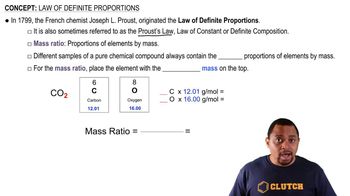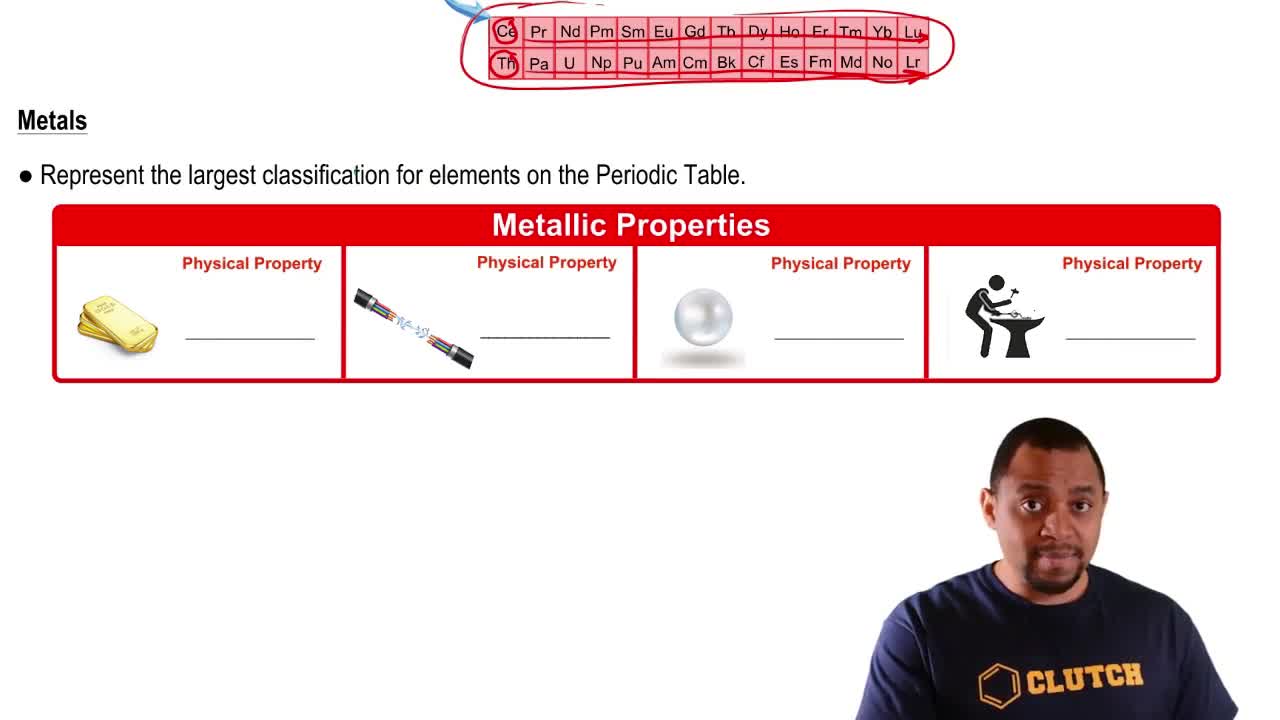Here are the essential concepts you must grasp in order to answer the question correctly.
Definition of Ceramics
Ceramics are inorganic, non-metallic materials that are typically crystalline in structure. They are formed through the process of heating and subsequent cooling, which gives them unique properties such as hardness, brittleness, and resistance to heat and chemicals. Common examples include porcelain, glass, and brick.
Recommended video:
Law of Definite Proportions
Properties of Metals
Metals are characterized by their ability to conduct electricity and heat, malleability, ductility, and typically high tensile strength. They have a crystalline structure but differ from ceramics in that they possess metallic bonding, which allows for the free movement of electrons, contributing to their conductive properties and toughness.
Recommended video:
Distinguishing Properties
The primary properties that distinguish ceramics from metals include brittleness versus ductility, thermal and electrical conductivity, and resistance to corrosion. Ceramics are generally more brittle and less conductive than metals, making them suitable for applications requiring high temperature resistance and chemical stability, while metals are favored for structural applications due to their strength and flexibility.
Recommended video:
 Verified step by step guidance
Verified step by step guidance


